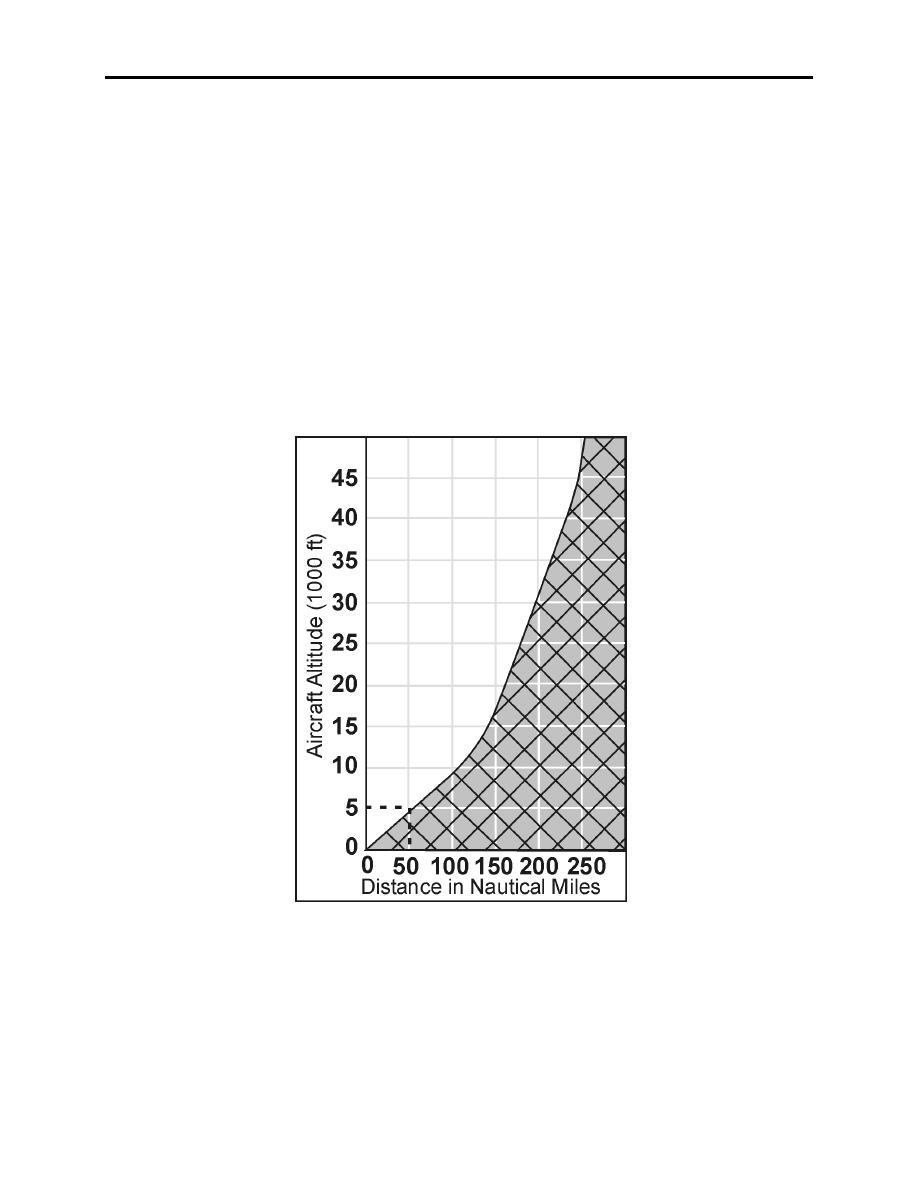 |
|||
|
|
|||
|
Page Title:
Figure 1-1 Radio Reception Range |
|
||
| ||||||||||
|
|  CHAPTER ONE
SNFO/SWSO VOICE COMMUNICATIONS
4. After your call, release the button and wait a few seconds before calling again. The
controller may be jotting down your call sign, looking for your flight plan, or listening on a
different frequency since the controller monitors both VHF and UHF frequencies.
5. Be alert to the sounds or lack of sounds in your receiver. If it sounds unusually quiet after
having been on a frequency for a while, check your volume and frequency setting. Check your
equipment to ensure that your microphone is not stuck in the transmit position. Frequency
blockage can occur for extended periods of time because of unintentional transmitter operation.
This situation is referred to as a "stuck mic." Also ensure that your microphone is properly
placed against your lips.
6. Be sure you are within the performance range of station equipment. UHF radios are
limited to "line-of-sight." Remember, as altitude increases, radio range increases.
Use the chart in Figure 1-1 to approximate radio range.
Figure 1-1 Radio Reception Range
Example
An aircraft at 5000 feet will have an approximate UHF range of 50 NM to a ground station.
1-2
TECHNIQUE AND TERMINOLOGY
|
|
Privacy Statement - Press Release - Copyright Information. - Contact Us |